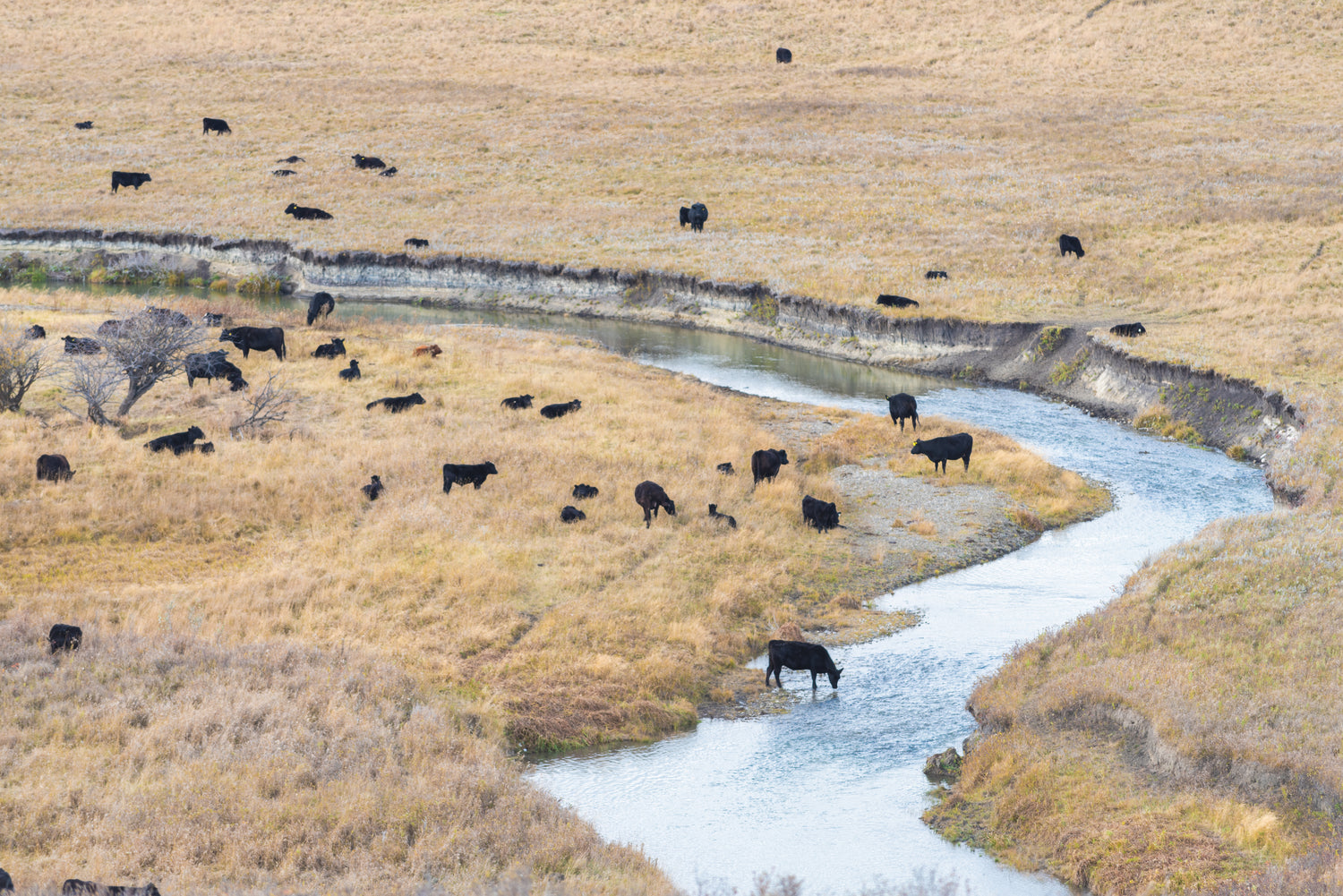Moomoo's Meat Range

We are delighted to offer you a wide range of meat selection that caters to your different needs and requirements. Our meats have different traits and flavour profiles, but one thing they share is a non-negotiable commitment to quality.

Some basics
All meat is muscle, and each muscle works at a different rate. That consequently determines the meat's characteristics and its ideal cooking methods.
Muscles that work most
The muscles that work most e.g., shank (lower leg) and chuck (shoulder), usually need long, slow cooking at low temperature using moist heat methods to tenderize the muscle and break down the connective tissue. Good examples for such include pot-roasting, braising, and stewing, and those kinds of muscles should almost always be served well done.
Muscles that do less work
The muscles that do less work (like the round) are more tender and can be slowly broiled, grilled, or fried. They’ll be more tender when cooked a bit longer to medium.
Muscles that don't work at all
The muscles that do not work at all can be cooked quickly to be served rare if desired, like the short loin and rib. These muscles hold the most tender cuts like the tenderloin and rib eye and are best cooked quickly by dry-heat methods such as stir-frying, grilling, and roasting.
A general rule of thumb
The very best cuts of red meat should have fine streams of fat running through the muscle. The fat melts as it cooks and keeps the meat moist and juicy. The greater the marbling of fat, the higher the meat grade.

Age: Veal vs. Beef
Veal is the meat of young calves, and it is known for its high-quality, tenderness, and for the intensity of its flavour. It is softer, lighter, and more delicate than beef because its muscles have not worked as much as the older cattle, and its meat tends to be leaner, more adaptable, and collagen-rich in texture. Veal plays a strong role in many cuisines around the world, perhaps the most famous of which is that of Italy and northern Europe areas.
Beef is meat from adult cows, and it is the third most widely consumed meat in the world. It is a denser type of meat with more fat and a more pronounced taste. It has a slightly coarser texture, darker colour, and tends to take a slightly longer time to cook than veal.
While there is indeed some variance in vitamins, minerals, fat content, etc., the nutritional value of beef and veal is not too different from one another. Neither of them is ultimately “better” than the other because it all depends on what each person is looking for. One is leaner, softer, more tender, and the other is denser, fattier, and has a more noticeable, stronger taste.

Feed: Milk vs. Grain vs. Grass
Meat from calves that stay on a milk diet are called milk-fed veal. They are usually younger, and hence more tender, than their grain-fed counterparts. The meat is light/white in colour but in terms of flavour it is not very different from other veal meat.
Grain-fed beef and veal tends to be given a combination of different grains like corn and soy. Corn feed in particular leads to higher levels of marbling and gives beef that slightly sweeter taste that we know. Marbling is generally considered to be the most appreciated feature of a high-quality cut, and grain-fed beef and veal tend to be rich in both taste and texture due to that factor.
Grass-fed (or pasture-fed) beef on the other hand comes from cattle that has been feeding on grass and a mixture of other plants. Its taste has been described to be more mineral-heavy and earthy, and it tends to have much less fat and marbling features than its grain-fed counterparts. The leaner, less fatty cuts result in drier and chewier meat, but the more health conscious amongst us might still prefer that over grain-fed beef as it has fewer calories per-pound, higher levels of omega-3, and contains more carotenoids, vitamin E, and other antioxidants.
Sources: https://pubmed.ncbi.nlm.nih.gov/22063662/ https://pubmed.ncbi.nlm.nih.gov/22061512/

Breed: Angus vs. Others
There are many different breeds of cattle around the world, but one of the famous is the Aberdeen Angus. Originally from Scotland, the Angus is currently being bred in many parts of the world where its smooth, solid black coat and big, majestic nature makes it easily distinguishable amongst other
breeds.
The Angus cattle has a large amount of intramuscular fat (or fat between muscle fibers), which means more marbling, and therefore more tenderness, juiciness, and flavour. In addition to having more fat, the fat in the Angus cattle is more evenly distributed than it is in other breeds, which means the juice and flavour remains consistent across the cuts.


